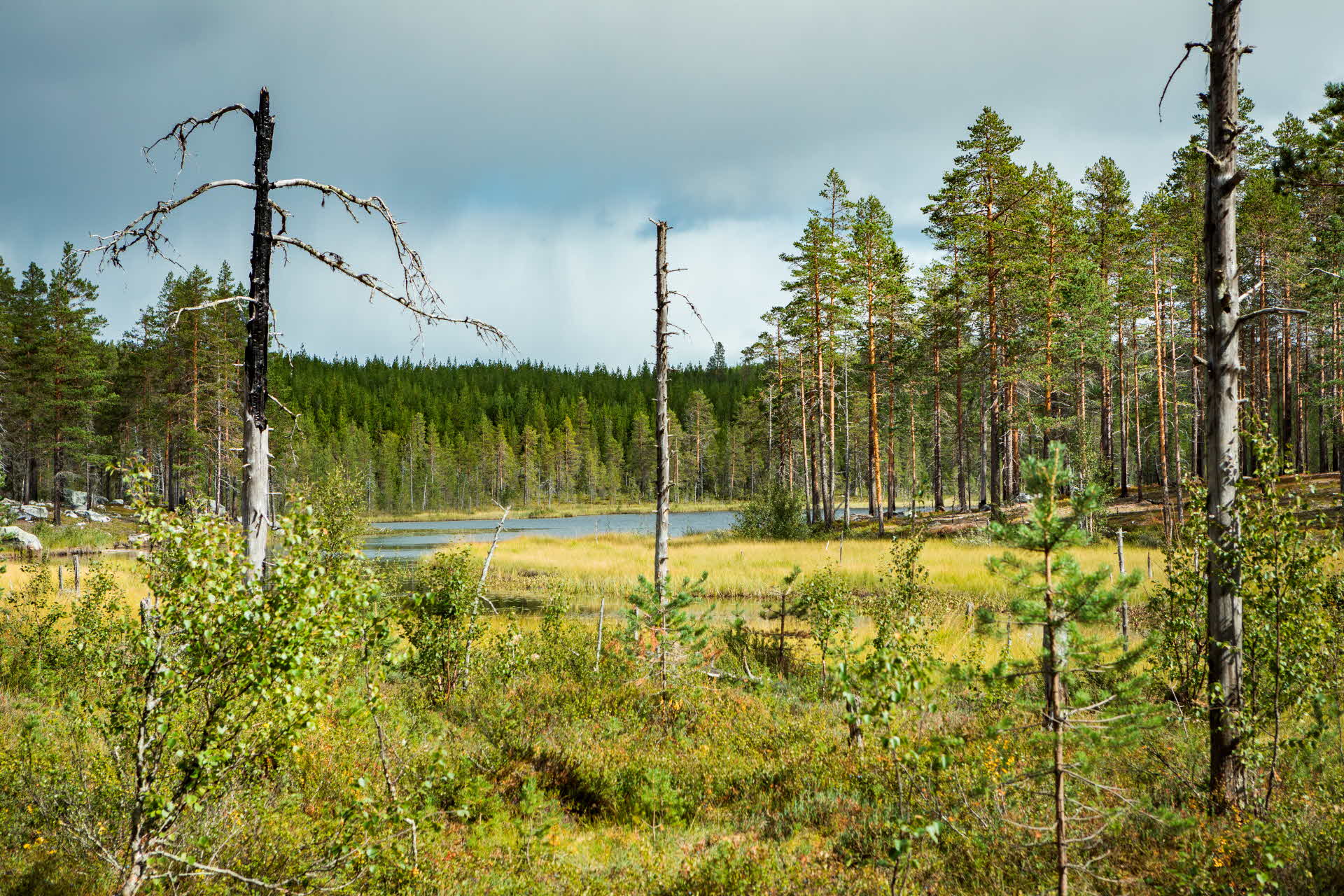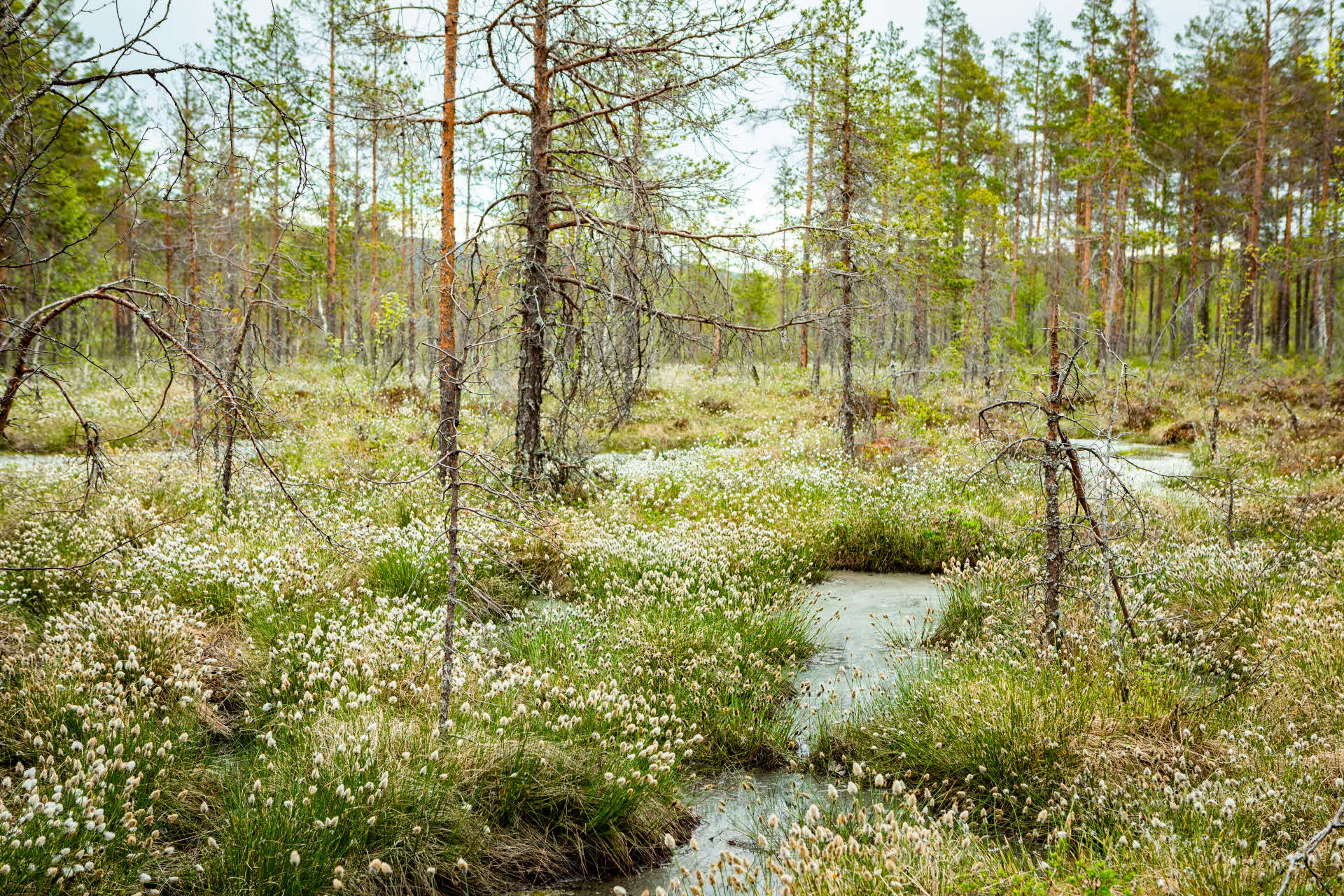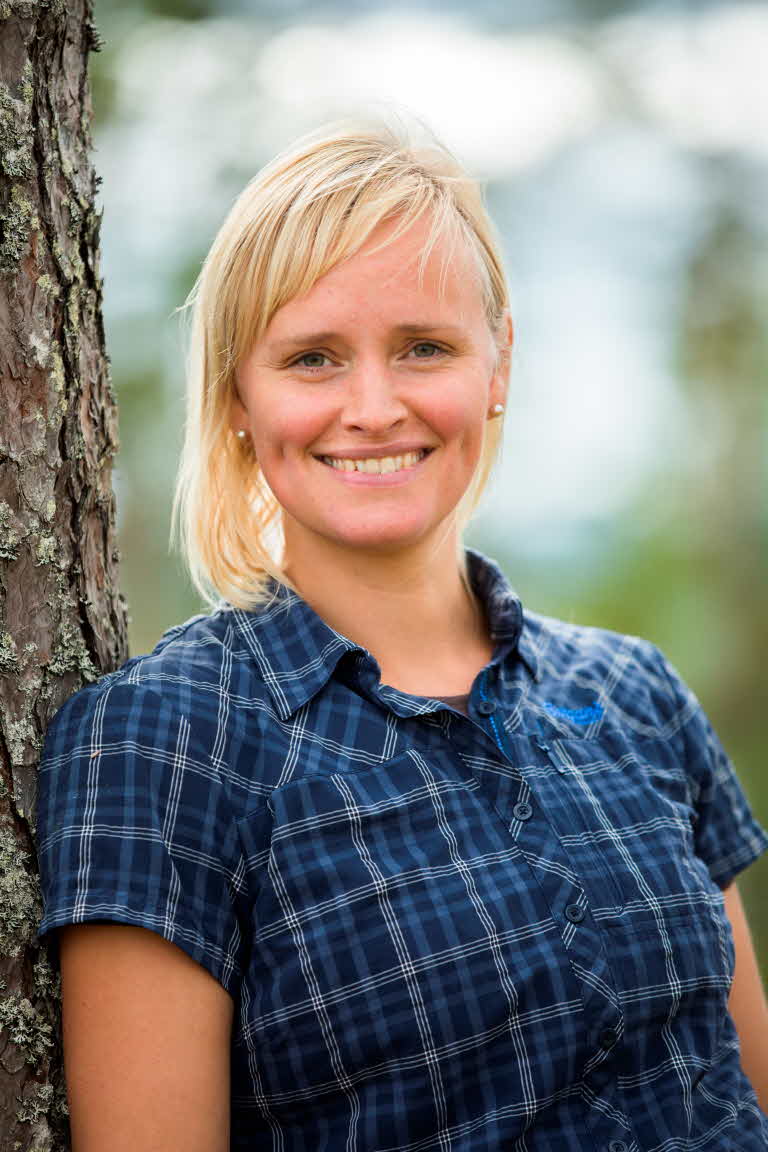
Biodiversity is SCA’s most important environmental goal
- News
- Sustainability
Since the 1980s, the Swedish forestry sector has increased the intensity of its biodiversity efforts. Biodiversity is SCA’s top environmental priority, and we believe that biodiversity should be an integral part of forestry. Experience, inventories and analysis are important tools in achieving this.
Biodiversity is a broad area that can be divided into genetic variation, species diversity, and diversity of habitats and ecosystems. SCA works in all these areas, although primarily with species diversity. We continually develop our approach to biodiversity, and our focus is on implementing actions that have the greatest impacts and benefits.
“At SCA, we have extensive knowledge from our inventory and analysis work. We’ve identified 12 habitats on SCA land that are most critical for the approximately 200 at-risk species that can be affected by forestry and that are found in SCA’s forests. These 200 species are also included on Sweden’s so-called red list of species and that number can be compared with the approximately 2,250 species that appear on the red list for Sweden as a whole. On SCA land, these species are mainly insects, wood fungi, mosses and lichens. We make every effort to include biodiversity in our forestry activities. But we know we can do more. It’s important that going forward we identify and prioritise measures that have positive effects for forest-dwelling species that are red-listed and impacted by forestry,” says Hans Djurberg, Head of Sustainability at SCA.

An important issue, and an integral part of forestry
SCA works on the basis that forestry and biodiversity go hand-in-hand and do not need to be in conflict with each other. The forestry sector plays an important role in the fight against climate change in that growing forests absorb carbon dioxide from the atmosphere and renewable goods made from trees replace fossil-based products that are finite and emit carbon dioxide during their lifecycle. The climate benefits from SCA’s forests and from our products are roughly the same.
There are many ways to improve the prospects of species and habitats in forests and thereby protect and safeguard biodiversity. For example, SCA performs controlled burns, which is vital for many species.
“Another, long-term example is that we plan to increase the conservation of, and the amount of, older deciduous trees on our land. This is crucial for several of the 200 red-listed species. It is important that we take measures that can be applied to multiple locations in our portfolio of forests. We also use our five diversity parks to trial interventions that we can then use at scale in other forest areas,” continues Hans.
“It’s important to remember that we, as active forest owners, along with the forest industry, cannot meet everyone’s expectations of what can be included in the concept of biodiversity. For example, this could relate to protecting large, completely untouched wilderness for ecological and indeed social values. However, that is difficult to reconcile with active forestry. What we focus on is preserving biodiversity in the cultivated landscape. This includes protection and innovation of important habitats for plants, organisms and animals that are integral parts of our forestry,” says Hans.

Action plan for species that require special protection
Anna Cabrajic is an ecologist at SCA Skog and works with biodiversity in SCA’s forests.
“We’re prioritising work with a number of at-risk species and species that require extra protection with special action programmes. We’ve developed ten action plan areas to protect and improve the outlook for these species. There are forests with high conservation values in these areas, as well as production forests. To tie these together for a better green infrastructure, we take nature conservation measures in conservation areas and production areas. These areas should include deciduous trees which are important for species such as the Karelian Bark Fly and the Small Aspen Jelly Lichen. It may also be the case that pine trees are deliberately damaged to replicate fire-damaged trees. These types of measures are important for species such as the Ball-necked Buck and the Pine Bark Beetle,” says Anna.
Other important work that takes place on SCA land, and in many other parts of Sweden, is wetland restoration. This is done by damming ditches built in wetlands in the early 20th century to restore the hydrology of the land. This is important for vascular plants and mosses, as well as wetland birds, which benefit from wetter and more open wetlands.
People on the pictures: Hans Djurberg, Head of Sustainability, SCA anc Anna Cabrajic, ecologist at SCA
Picture above: Controlled burning is important for biodiversity.
Photo: Michael Engman, Susanne Lindholm